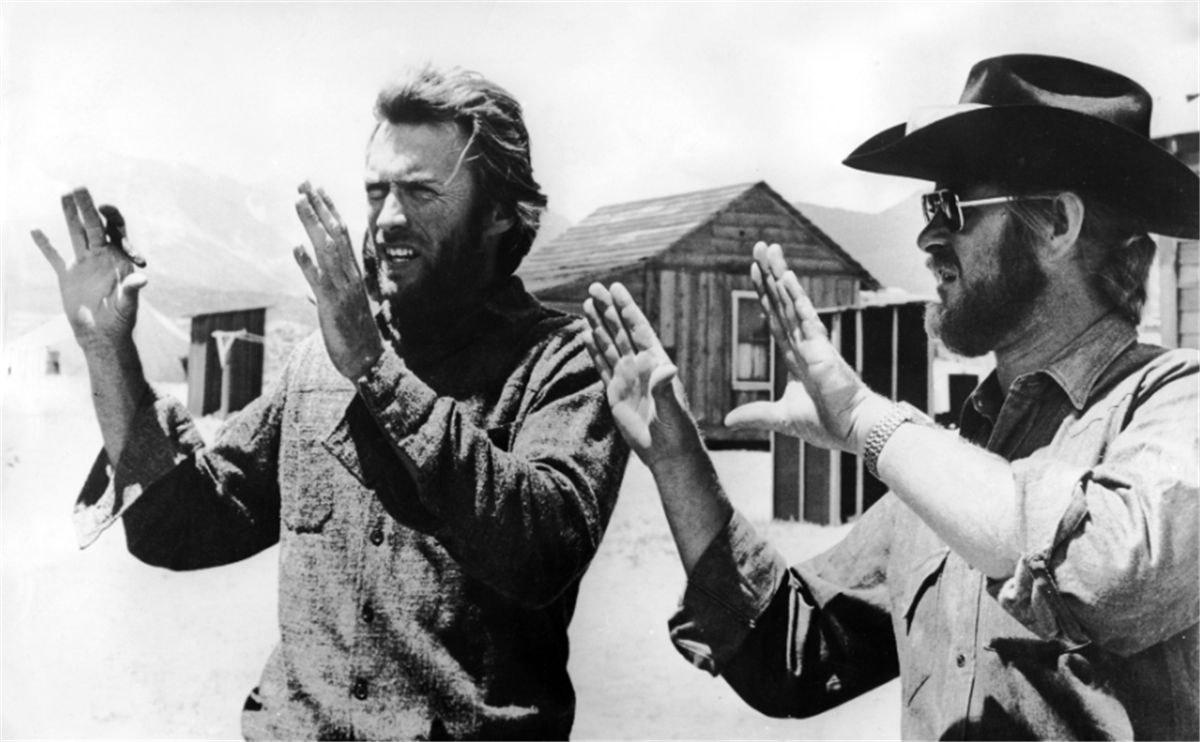It’s well-known that John Wayne seemed to hate almost every actor other than himself, but there were a few figures within the film industry with whom The Duke had serious and bitter feuds. Most notably, Wayne held a particular distaste for Clint Eastwood, the western movie icon who looked to take Wayne’s position as the most prominent performer to spread their wings in the genre.
While Wayne could seemingly find a bone to pick with any of his contemporaries or successors, the feud with Eastwood arose from his second movie as a director, the 1973 western High Plains Drift, written by Ernest Tidyman. Following on from his debut feature in the boss’ chair, Eastwood’s second effort saw him play a mysterious stranger who looks to deliver justice when he arrives in a frontier mining town rife with corruption.
The film arrived not too long after Eastwood had completed his work with Sergio Leone and his Dollars Trilogy movies and was greatly inspired by the legendary Italian director, as well as by Don Siegel. The likes of Verna Bloom, Mariana Hill, Jack Ging, Stefan Gierasch and Mitchell Ryan are all featured in the movie, which was shot on location at Mono Lake in California.

Eastwood once noted the issues that Wayne had with the movie, writing in the book John Wayne: The Life and Legend, “John Wayne once wrote me a letter saying he didn’t like High Plains Drifter. He said it wasn’t really about the people who pioneered the West. I realised that there’s two different generations, and he wouldn’t understand what I was doing.”
The actor went on to add his justification for his movie and provided an explanation of how Wayne had got his intentions all wrong. “High Plains Drifter was meant to be a fable,” Eastwood added, “It wasn’t meant to show the hours of pioneering drudgery. It wasn’t supposed to be anything about settling the West.”
High Plains Drifter was well-received by critics upon its release. It sees Eastwood’s character come to a small town’s rescue when he is persuaded to protect them from a deadly gang of outlaws. The unnamed stranger is a golden-gilded gun-slinger, so his arrival is initially met with fear by the townsfolk, but when they witness his skill with a pistol, it’s not long before they turn to him for help.

The screenplay by Ernest Tidyman was loosely inspired by a real-life murder in Queens in 1964, during which several eyewitnesses were said to have stood by without action. There’s an element of black humour within the movie, too, which comes primarily from the way that Sergio Leone used the device to fill in plot holes in his own works.
Eastwood’s second effort as a director (and the first in which he both starred and directed) remains a classic of the western genre, although it was not well-met by John Wayne. After all, Wayne’s films tended to rely on a well-trodden trope of good vs. evil, whereas Eastwood’s were more ambiguous in their morality. Throw in the kind of violence that Wayne was not welcoming of, and it’s easy to see why The Duke found a distaste for Eastwood and his cementing of his position as the new outlaw in town.
